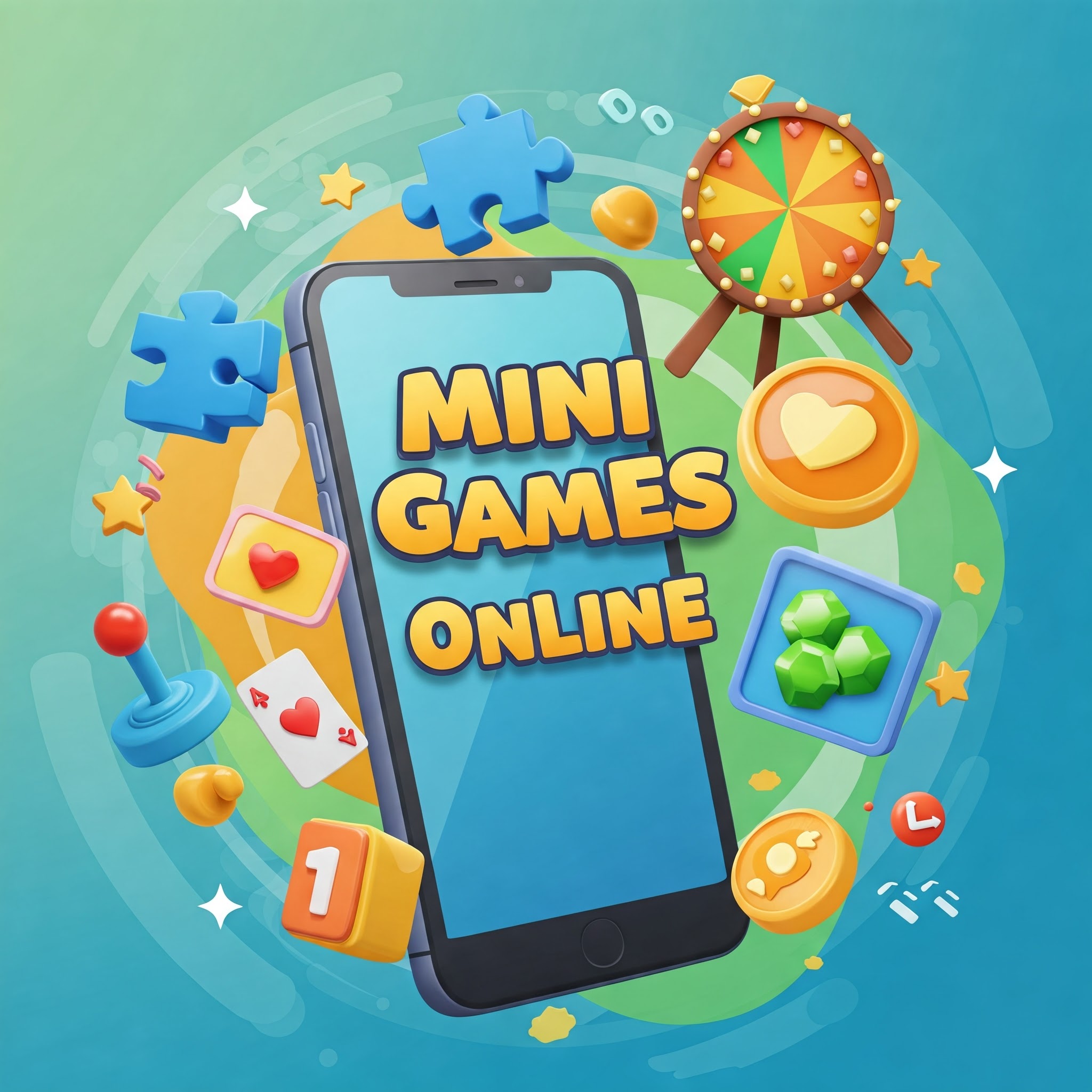
The digital age has ushered in a new era of entertainment—one where time is scarce, and attention spans are shorter than ever. Enter mini games: compact, addictive, and designed for quick bursts of fun. These bite-sized experiences have become a cornerstone of casual gaming, offering instant gratification without the commitment of lengthy gameplay sessions.
Table of Contents
ToggleDefining Mini Games: What Are They?
Mini games are succinct, self-contained experiences often embedded within larger games or standing alone. Unlike sprawling RPGs or complex strategy titles, they prioritize simplicity and immediacy. Think of them as the espresso shots of gaming—small but potent.
The Evolution of Mini Games
From the pixelated charm of Pac-Man to the sleek, browser-based diversions of today, mini games have evolved dramatically. Early arcade cabinets laid the groundwork, but modern technology—faster internet, HTML5, and mobile processors—has catapulted them into ubiquity.
Popular Genres of Mini Games
Puzzle games like Candy Crush dominate with their brain-teasing mechanics. Arcade classics such as Snake have found new life on mobile devices. Meanwhile, hyper-casual games—think Paper.io—thrive on minimalist design and one-tap controls.
Benefits of Playing Mini Games
Beyond entertainment, these games sharpen cognitive skills. Quick decision-making, pattern recognition, and hand-eye coordination all get a workout. They’re also a fantastic stress reliever, offering a mental reset in just minutes.
Accessibility and Convenience
No installations, no hefty downloads—just click and play. Whether on a lunch break or during a commute, mini games are always within reach. Their cross-platform nature ensures seamless play across devices.
The Psychology Behind Mini Games
Why are they so addictive? The answer lies in dopamine loops. Short, rewarding cycles of gameplay trigger instant gratification, keeping players hooked. It’s the same principle that makes social media scrolls so compelling.
Top Platforms for Mini Games
Websites like CrazyGames and Poki host thousands of browser-based options. Mobile users flock to the App Store or Google Play, where hyper-casual titles often top the charts.
Iconic Mini Games That Shaped the Industry

Tetris revolutionized puzzle games. Flappy Bird became a cultural meme. More recently, Wordle proved that even word games could go viral. These titles demonstrate the enduring appeal of simplicity.
The Role of Social Media in Mini Games
Platforms like Facebook and TikTok have blurred the lines between gaming and social interaction. Viral challenges and embedded games amplify engagement, turning players into promoters.
Multiplayer Mini Games: Fun with Friends
Competitive titles like Agar.io or cooperative puzzles foster social connections. Leaderboards add a layer of rivalry, transforming solitary play into a communal experience.
Monetization Strategies for Mini Games
Developers rely on ads, in-app purchases, or premium models. The freemium approach—free to play, pay to enhance—is particularly prevalent.
Developing Your Own Mini Game
Aspiring creators can use tools like Unity or Godot. The key? Prioritize intuitive mechanics and a compelling feedback loop. Even a simple concept can resonate if executed well.
The Future of Mini Games
AI could soon generate personalized mini games on demand. VR and AR might redefine immersion, turning everyday environments into playgrounds.
Educational Mini Games: Learning Made Fun
From Math Blaster to Duolingo’s gamified lessons, these tools make education engaging. They’re proof that play and learning aren’t mutually exclusive.
Mini Games in Marketing and Branding
Companies leverage mini games for brand engagement. McDonald’s Monopoly campaign is a prime example—blending gameplay with consumer loyalty.
The Dark Side of Mini Games
Addiction risks loom, especially with predatory monetization. Privacy concerns also arise from data-hungry browser games.
How to Choose the Right Mini Game
Match games to your preferences. Read reviews to avoid shovelware. Quality trumps quantity in this saturated market.
Community and Culture Around Mini Games
Dedicated forums and speedrunning communities thrive. These niches celebrate skill and creativity, proving that even mini games can foster deep engagement.
Conclusion

They’re more than a passing trend. Mini games tap into our love for quick, satisfying experiences. As technology advances, their potential is limitless—ensuring they’ll remain a staple of digital culture.
FAQs
1. What are Mini Games?
Mini games are small, simple games that are often part of a larger game or app. They are designed to be quick and entertaining, usually requiring less time and skill than full-length games.
2. Where can I play mini games?
Mini games can be found on various platforms, including mobile apps, gaming websites, and within larger video games. Popular platforms like Facebook, Android (Play Store), and iOS (App Store) also offer dedicated mini game apps.
3. Are mini games free to play?
Many mini games are free to play, especially those found in mobile apps and websites. However, some may include in-app purchases, ads, or premium versions with additional features.
4. Can I earn real money by playing mini games?
Yes, some apps and platforms offer real cash rewards or prizes for playing mini games. These are usually promotional or part of skill-based games, so always check the legitimacy and terms before participating.
5. What are the benefits of playing mini games?
Mini games offer quick fun, stress relief, and a mental break. They can also help improve reflexes, memory, and problem-solving skills, making them both entertaining and beneficial for casual play.
